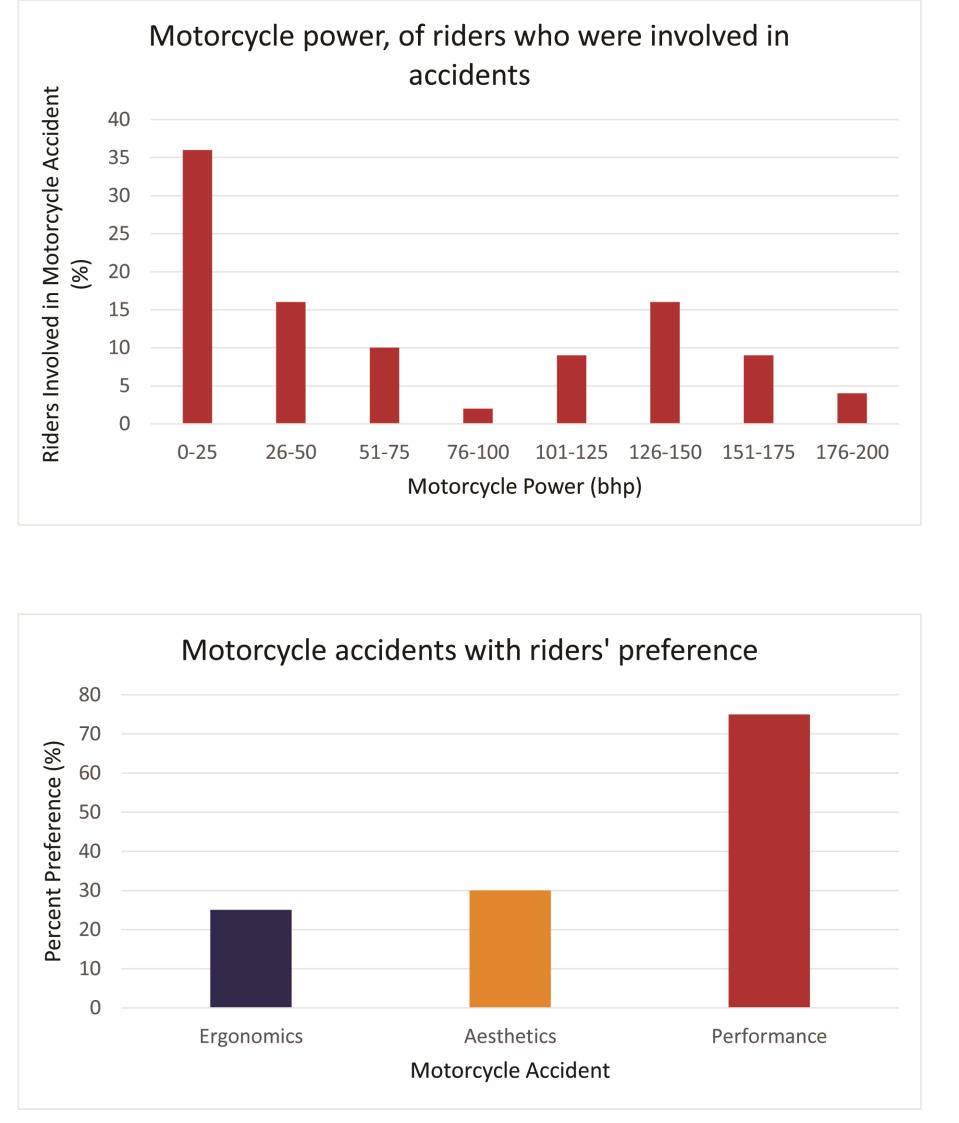Motorcycling offers an agile means of transportation, especially in congested urban areas. Motorcycles can take half the time to cover the same urban trip as cars, while at the same time consuming less fuel. Still, these benefits come at a price. In Malta, the motorcycle driver accident fatality rate is alarmingly high. In the past three years, including 2020, the fatality rate was 58% with respect to all fatal vehicular accidents concerning drivers.
Motivated by this alarming rate, the Department of Industrial and Manufacturing Engineering and the Department of Systems and Control Engineering at the University of Malta, in collaboration with WKD Works Ltd, have joined forces to develop a comprehensive simulator which supports the design of safer motorcycles based on the rider's characteristics. Through this simulator, it is planned to create a virtual motorcycle driving environment, taking the Maltese roads as a case study. It is aimed that the simulations will shed light on the challenges that motorcyclists face on our Maltese roads.
Furthermore, as part of this research, a study was carried out with 133 Maltese motorcycle riders to scientifically investigate the problems faced by riders which eventually lead to accidents. The four major accident types observed in this study are due to road hazards or defects; accidents caused by third parties; loss of control and reckless driving such as over-speeding.

The findings clearly indicate that a correlation exists between accidents and motorcycle type/category. Riders, who like pure motorcycle performance, drive for the thrill and are constantly on the edge. These riders tend to suffer mostly from accidents caused by reckless driving and over-speeding. Furthermore, a correlation was also observed between accidents and persona (persona is characterised by the personality, attitude and road experiences of an individual, in this case the motorcycle rider). Selecting a comfortable motorcycle means that there is less chance that a rider loses control. The study showed that no rider, who seeks ride comfort, has ever had an accident due to recklessness. Riders, who seek aesthetics, are more reckless when compared to riders who seek ergonomic comfort first, but not as much as performance seekers. Ergonomic comfort seekers tend to suffer less than aesthetic seekers in loss of control accident scenarios.
Nearly half of the surveyed riders stated that they made alterations to their (mid-to-high powered) motorcycles. The most common reported reason is attributed to the need for improving the comfort they experience on their motorcycle. This reason is significantly different than the other three, more specifically, performance, cosmetics and safety. The high cases of riders who alter their motorcycle to improve ergonomics means that riders are not always fully satisfied with the default configuration of the motorcycle when purchased. For example, most riders, who alter the handlebar, have a preference for ergonomics. But another reason for changing the handlebar is to improve the motorcycle aesthetics. Exhaust manifolds are altered mostly for aesthetical and performance reasons, while tyres and brakes are changed for reasons concerning safety. Seats and foot pegs are mostly altered because of ergonomics, while the engine is altered by riders who prefer performance.

From an ergonomics perspective, participants stated that the most important feature in the motorcycle is "the rider's triangle". This covers the area enclosed between the handlebars, seat and footpegs. These three points can significantly affect the weight distribution of a particular rider (being on the spine or on the wrists), as well as the position one takes on the motorcycle (relaxed reach, stretched reach or crammed). Moreover, the higher the rider's arms are the higher the fatigue, due to a reduced circulation of blood. This leads to numbness, freezing and loss of grip control. Ultimately, pain and numbness affect handling and control.
The study presented in this article is supported by the Malta Council for Science & Technology through the Technology Development Programme 2018 (Ride+Safe project R&I-2017-003T). Currently the research team is fabricating the motorcycle jig and implementing the control algorithm and interfacing required to test the simulator. In the next stages of the research, we plan to ask motorcyclists to volunteer in trying out the simulator.
Should you be interested to participate, do not hesitate to drop us a message on our Facebook page Ride+Safe. Further details on the project and related news can be found on the project's website www.rideandsafe.com and the above Facebook page.
Ing. Sean Agius is a Research Support Officer and a PhD student within the University of Malta